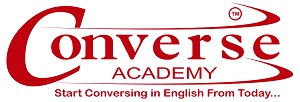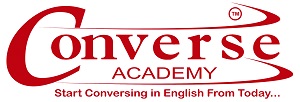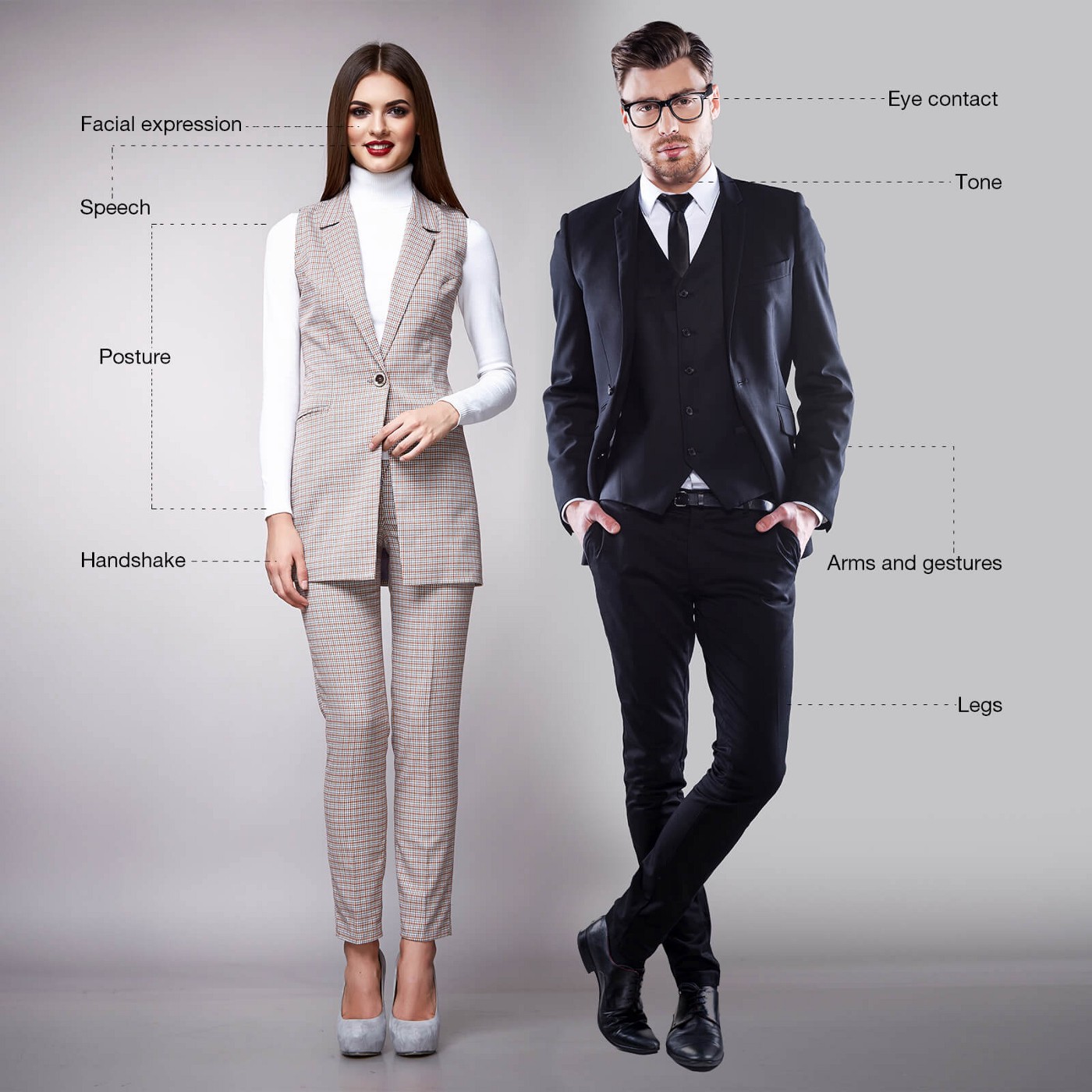Professionals know how to complement body language with words in order to be successful in the professional world.
Effective Communication is a two-way process in which active listening plays a very important role. Words contribute only 7 % whereas body language contributes 55% to good communication, so how to complement body language with words to have extraordinary communication skills.
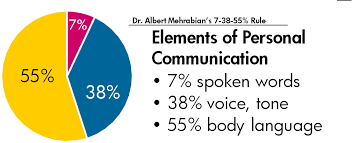
How to complement body language with words |How to improve body language and communication skills?
Body language conveys:-
- Emotions
- Strengths
- Fears
- Intentions
Sometimes Interviewers select/reject candidates within the first 60 seconds of meeting on the basis of body language

How to complement body language with words|Types of Gestures
- Crossed arms or legs body language
It makes your gesture defensive or guarded. It is always advisable to keep arms & Legs open i.e., a proper gap must be maintained between the two. People feel more connected if you are listening to them openly, it encourages them to discuss their topic in detail.
There are various other forms of arm gesture:-
- Arms held behind the body with hands clasped:- It shows confidence & authority.
- One arm across body clasping another arm by side (female):- it depicts nervousness.
- Arms or things in front of the body: it symbolizes a barrier.
- Crossed arms with clenched fists: - It shows hostility or defensiveness.
- Gripping over arms:- It shows insecurity.
- Palms on chest:- It shows honesty
- Right hand over heart:- It symbolizes a sincere promise
- Upward facing palms:- It shows sincerity with an open heart
- Downwards facing palms:- It symbolizes calming down
- Outward-facing palms:- It indicates to stop
Interesting Facts about Hand Gestures
- An interesting fact about hand gesture i.e., OK is that in some parts of Europe is considered as “Zero or worthless”, “money” in Japan, “an insult” in Greece, Brazil, Italy, Turkey, Russia & some other countries.

- Biting of nails:- It shows insecurity
- Fiddling with items( pen/ keys):- It indicates boredom or impatience
- Index fingers pressed together:- It is a positive sign which indicates evaluation/ decision making
How to complement body language with words|Eye Contact body language
It makes your audience connected to you. It builds up credibility. Eyes are said to be the mirror of the soul, so it is always expected that when there is a large audience you are addressing, Keep your eyes move from left to right & vice-versa. Timing of 3 seconds can be adhered to, for focusing on one part of the audience.
- If somebody lowers his/ her eyes, it is a sign of submission or acceptance of guilt.
- Staring is interpreted as aggression & dominance.
- An interesting fact about eye contact is that the blinking rate of the eye increases if somebody is assessing something/somebody or even if he /she feels nervous.
- If somebody is looking upward, it shows he/ she is trying to recall something in mind.
- Widening or brightening of eyes implies a keen interest in the topic.
- If a person is looking around, he /she might be feeling bored or sometimes trying to watch things around.
- Good eye contact is expected in the West. Strong eye contact is mostly noted in Spain, Greece & Arab countries. Finns & Japanese get embarrassed by another’s stare & hence want eye contact only at the beginning of the conversation.
- Raising eyebrows in Thailand & some Asian countries is considered approval. It is considered a greeting in the Philippines.
How to complement body language with words|Confident body language
It is a good practice if we sit comfortably taking some space as it signifies confidence & when you are comfortable, you involve better in the communication.
Hands in the pocket also show a lack of interest or boredom/ uneasiness or the person is concealing something. Hence, it is suggested to keep your hands out of your pocket.
Shoulders in relax mode
Whenever we sit for a longer duration, our shoulders get tensed. To relax it, we can do neck & shoulders exercise. It helps you to concentrate on the words you are speaking while communicating, otherwise, you will be struggling with your strain.
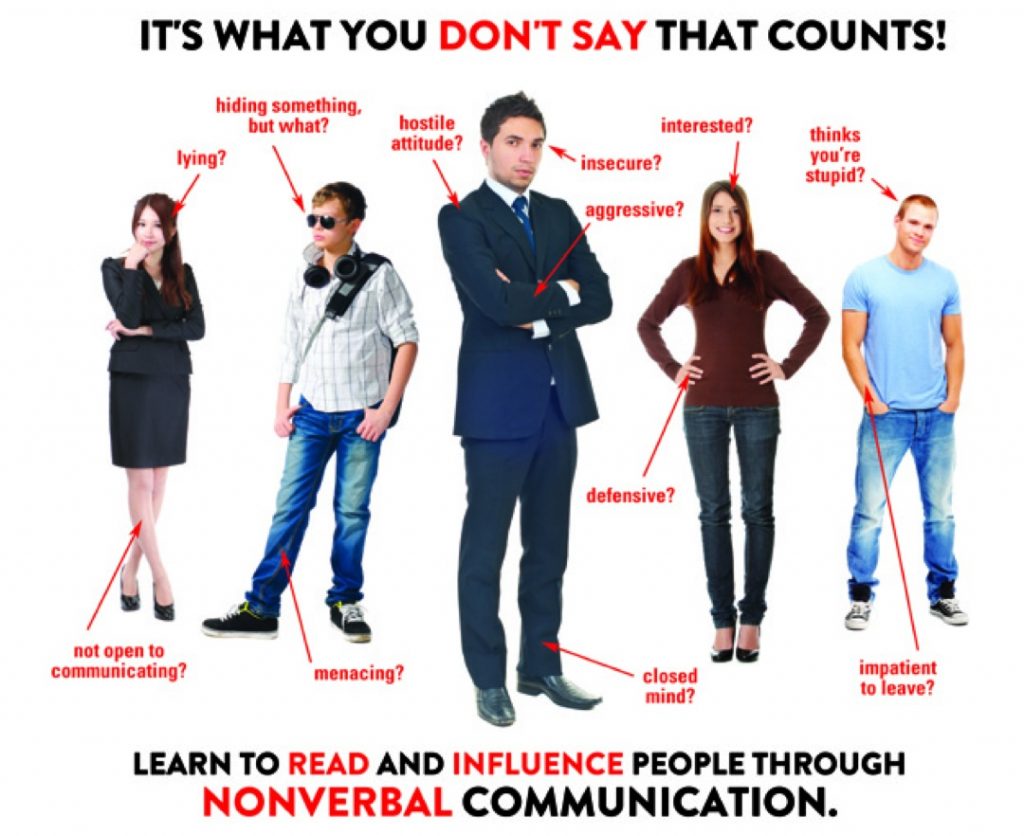
How to complement body Language with words|Head & Neck Gestures
- Nod your Head
Body language is something that conveys without words. Nodding is a better option to show your active participation in the communication. It also gives a positive signal to the speaker. If it is overdone, it looks awkward & the speaker understands that you are doing it just to be polite & in reality not getting anything so one should be very careful about it.
- In Bulgaria & Greece, You have to say “Yes” or “No” instead of nodding as it is considered a negative gesture.
Proper Sitting Posture
You should sit straight while communicating but some people slouch & some get tensed. We need to practice the sitting posture in an appropriate manner.

Lean forward or backward
As we discussed, the sitting posture must be straight. Sometimes, People lean forward to show concern but overdoing can imply your desperateness for approval. Similarly, leaning backward to have some space is acceptable but overdoing can show your arrogance.
How to complement body language with words|How to make effective use of body language at the workplace
Smile- a positive body language
It has been observed that people with a warm smile, always radiate positive vibes & attract everyone. It is well said that you must never forget to wear your smile while going to your workplace. Smile is contagious; it lightens the ambiance, relieves all stress & makes an atmosphere for healthy conversation.

Scratching your Face
It distracts the speaker; you need to be cautious before moving your hands on your body.
- Tapping your nose is considered “confidential” in England but “watch out” in Italy. Sometimes it refers to the doubt/ rejection of an idea.
- People often tend to touch their cheek with the index finger & support the chin with the thumb while they make any decision.

Position of the Head
If someone is looking downwards; it creates an impression of nervousness or less interest in communication. The Head position must be towards the upward side with eyes looking at the speaker. Tilted head shows interest. Touching or tugging of the ear symbolizes indecision/ sometimes untruthfulness.
Slow movement
Very fast speech is never appreciable as people don’t feel connected. Proper use of punctuation & intonation can make your speech impressive. You need to give some time to the audience to comprehend what you are trying to convey.

How to complement body language with words|Fidgeting – Negative Body Language
Tapping your feet on the floor, tapping fingers on the table, shifting the chair, playing with pen or hair, etc. can make the audience distracted, so one should avoid all such fidgety movements.
If somebody clears his/ her throat or swallows air/ gasps, it indicates anxiety.
Hand body language
Hands can always support making your communication more expressive but they should be used in a controlled manner as flail hands around can make your speech over-expressive. This can make people mock you.
Hand gestures help you to express your thoughts more effectively but they must be synchronized with the words. According to a study based on TED talks, it has been noticed that viral speakers used about 465 hand gestures which make their speech more expressive than other speakers. We can also categorize the people who use their hand gestures as warm, amiable & enthusiastic as compared to analytical & rational people who use hand gestures less often.

Personal space
People must be given a personal space; a proper gap should be maintained. People should not feel that their personal space has encroached. This has to be taken care of more intensely when the person opposite to you is of a different gender. If you have some eatables or drinks in your hands, hold them below the chest to avoid an offensive posture.
Role of Professional Handshake in impressive communication
Firm Handshake in non-verbal communication
We cannot do away with the importance of a firm handshake in making relations more strong. Dead Fish, Brush off, The Dominator, The Hand Hug, Queen Finger, Sweaty ones, Finger vice, Lobster claw, Bone crusher, Top-handed shake, The pusher, etc. are some forms of handshakes which are quite common among the people.
There is a different meaning behind every form of a handshake. One must practice for firm & friendly handshake because it builds trust between the giver & receiver.

Active Listening makes communication better
Active listening plays a crucial role in Communication. It involves:-
- The alertness of the listener: - an open eye & mind to understand not only what is said but how it is said.
- Understanding the non-verbal messages given by the speaker.
- Reflecting back by giving proper feedback
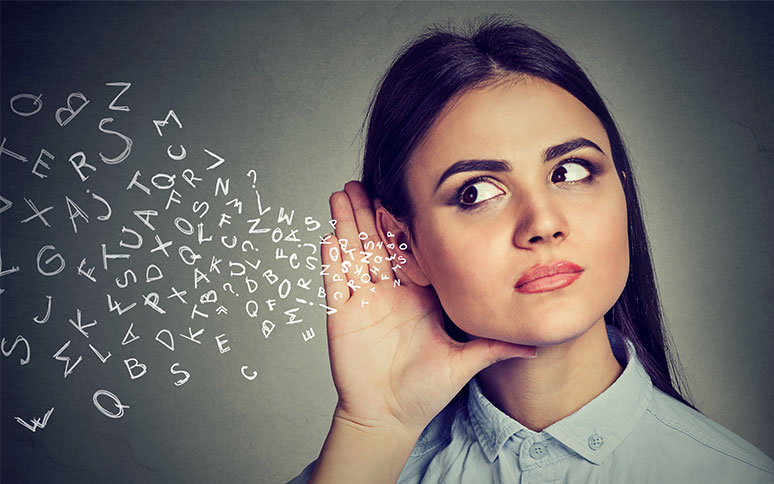
Image credit: pryor.com
Optimistic Attitude
It is a winning game strategy as people listen carefully to the people who are optimistic in their approach. Optimistic people have an aura around them which makes their personality charismatic, they can convert impossible to possible.
Leaders exactly speak what people want to listen to; they start relating to their real-life scenario & thus succeed in communicating effectively with them.
Many ideas crop up in mind when we are communicating & it can go with a flow if there are no hindrances. The main hindrances are related to body language & so we need to be more attentive while doing all types of communication whether personal or professional.
It is well said, “Your body speaks too loudly that I can’t hear anything.” So overdoing any body movement has to be avoided. Also, you have to respect cultural differences. When communicating across cultures, never assume the person has understood your message. It might be misinterpreted so it’s better to take out some time, study & then deliver.
If you want to read more on optimistic attitudes. Go to https://converseacademy.com/be-optimistic-positive-attitude/
